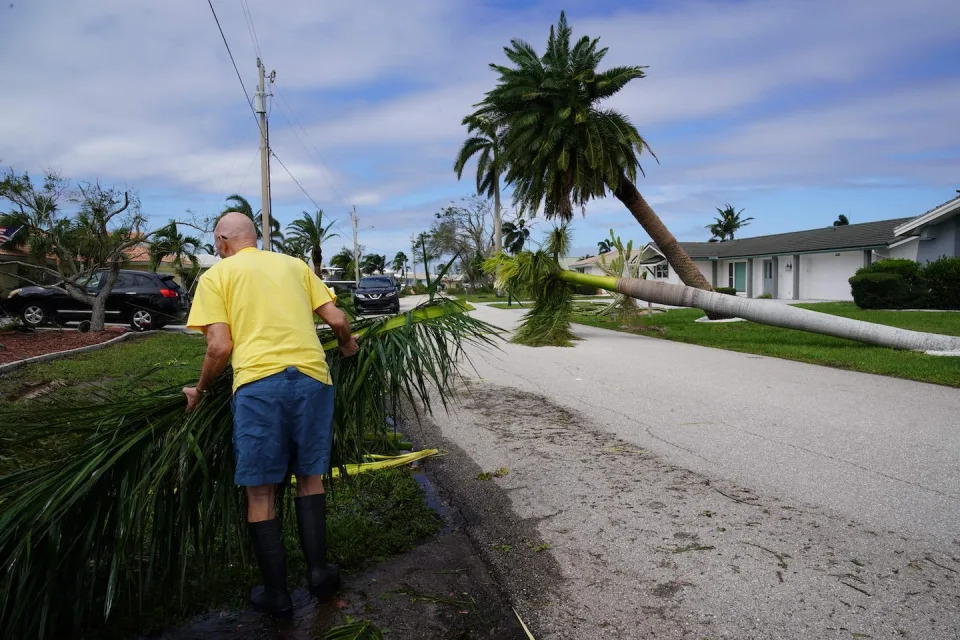Insider
Brain-eating amoeba infections keep spreading to new areas across the US
Andrea Michelson – November 23, 2022

- At least three people died of brain-eating amoeba infections in the US this year.
- The amoeba was found in lakes and rivers in Iowa, Nebraska, and Arizona.
- As temperatures trend warmer, infections have been reported further north than in previous years.
In 2022, deadly brain-eating amoeba infections were recorded in states that had not seen the water-borne pathogen before.
The amoeba Naegleria fowleri thrives in warm freshwater — mostly lakes and rivers, but it’s also been found in public splash pads. If inhaled up the nose, the microscopic creature can cause a devastating brain infection known as primary amebic meningoencephalitis (PAM).
In past years, this has meant that health officials in southern states spend their summers on the lookout for reports of mysterious brain infections. However, the amoeba’s geographic footprint has expanded as temperatures warm across the US.
About three PAM infections are reported each year in the US, and they’re usually fatal.
By Insider’s count, there have been at least four infections in 2022. The Centers for Disease Control and Prevention have kept a record of PAM cases since 1962, but the agency has not released data for 2022 yet.
One reported case came from Florida, where a teenage boy continues to recover from an infection he contracted in July. The other three individuals who got sick lived further north, and they all died shortly after coming down with symptoms.
States like Florida, which has the most reported PAM infections after Texas, are better prepared to treat any brain infection in a swimmer like a PAM case. As global temperatures continue to rise, a larger swath of health officials will need to prepare for summer infections.
The first exposure in Iowa
A Missouri resident died of PAM in July after going swimming in an Iowa lake.
Testing at the Lake of Three Fires later revealed the presence of N. fowleri in the southwestern Iowa waters.
Iowa officials had not previously detected the amoeba in the state, but it’s possible that it was present in past years. The amoeba only causes harm to humans if it enters the nose, gaining access to the brain.
It was the first recorded case of the season, and the first of two PAM deaths in the Midwest in 2022.
Nebraska’s first recorded case
Nebraska confirmed its first death due to N. fowleri in August, after a child died of a rapidly progressing brain infection. The state had never reported a PAM infection before.
The child fell ill after swimming in the Elkhorn River, located a few miles west of Omaha. Officials later confirmed the amoeba was present in the child.
The river runs along a similar latitude to the Lake of Three Fires, as well as a Northern California lake where officials believe a 7-year-old contracted the amoeba last year.
Infections have been occurring in the northern half of the US with increasing frequency as temperatures rise and water levels drop, Douglas County health officials said at a news conference.
“Our regions are becoming warmer,” county health director Lindsey Huse said. “As things warm up, the water warms up and water levels drop because of drought, you see that this organism is a lot happier and more typically grows in those situations.”
A late infection in Arizona
The brain-eating amoeba is not new to Arizona, according to the CDC. The state has reported eight infections with PAM since 1962, and a Nevada resident died this year after a potential exposure in Arizona waters.
A Clark County, Nevada, resident under the age of 18 died after swimming in the Arizona side of Lake Mead, a reservoir that is split between the two states.
According to the Southern Nevada Health District, the boy went swimming in early October and developed symptoms about a week later. Most infections have been reported in June and July of previous years, so it’s possible the amoeba’s timeline is expanding along with its geographic territory.
















